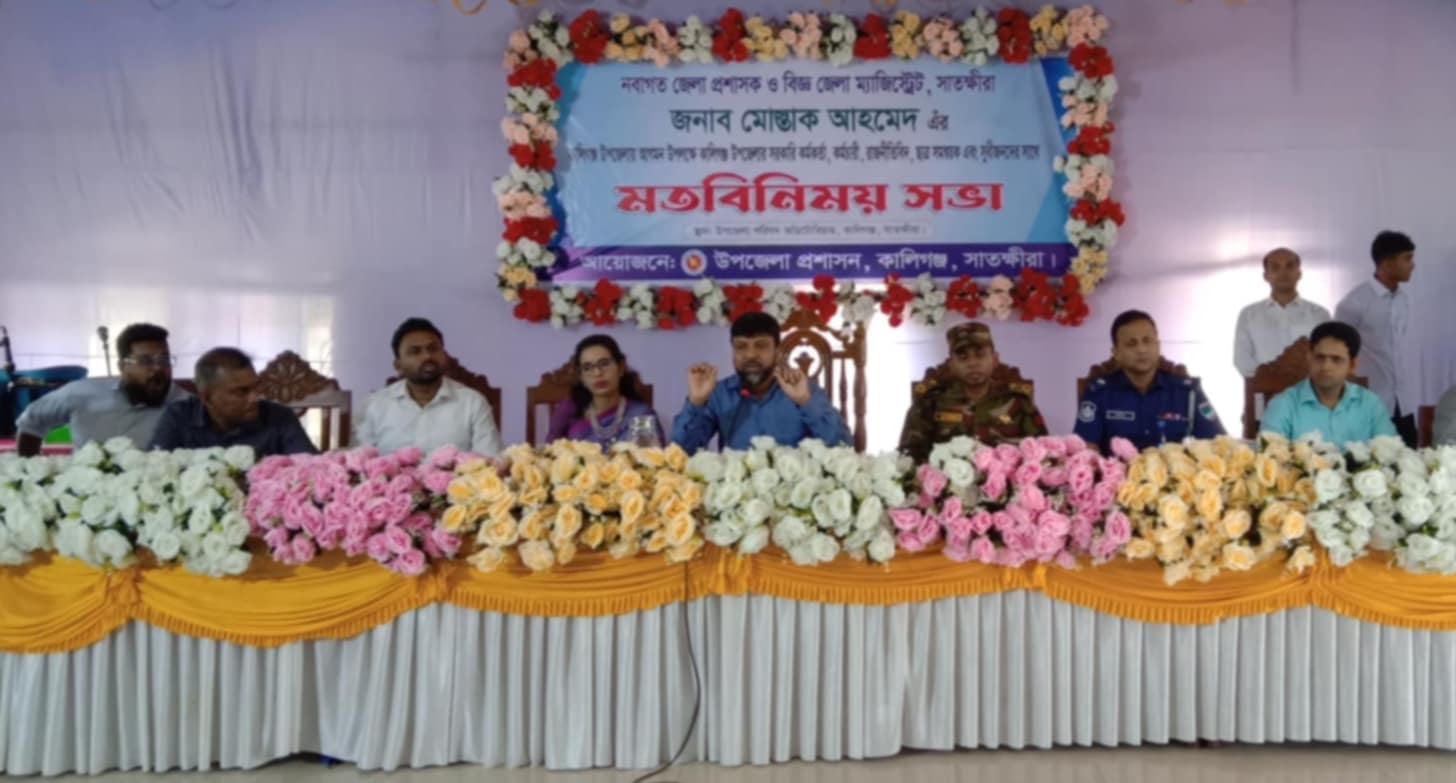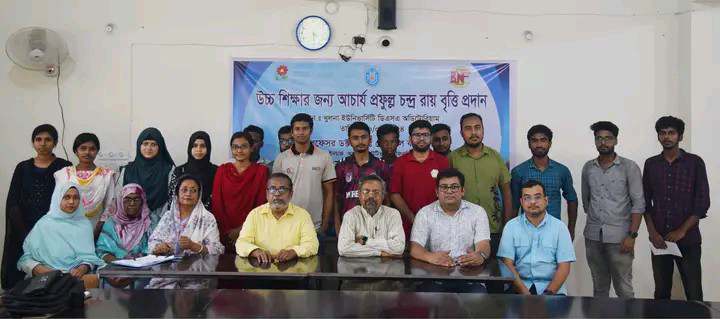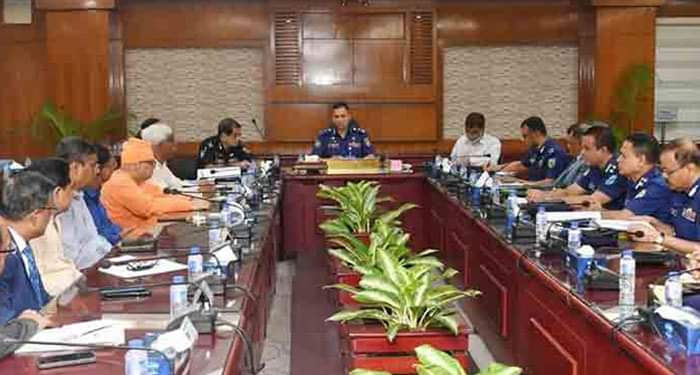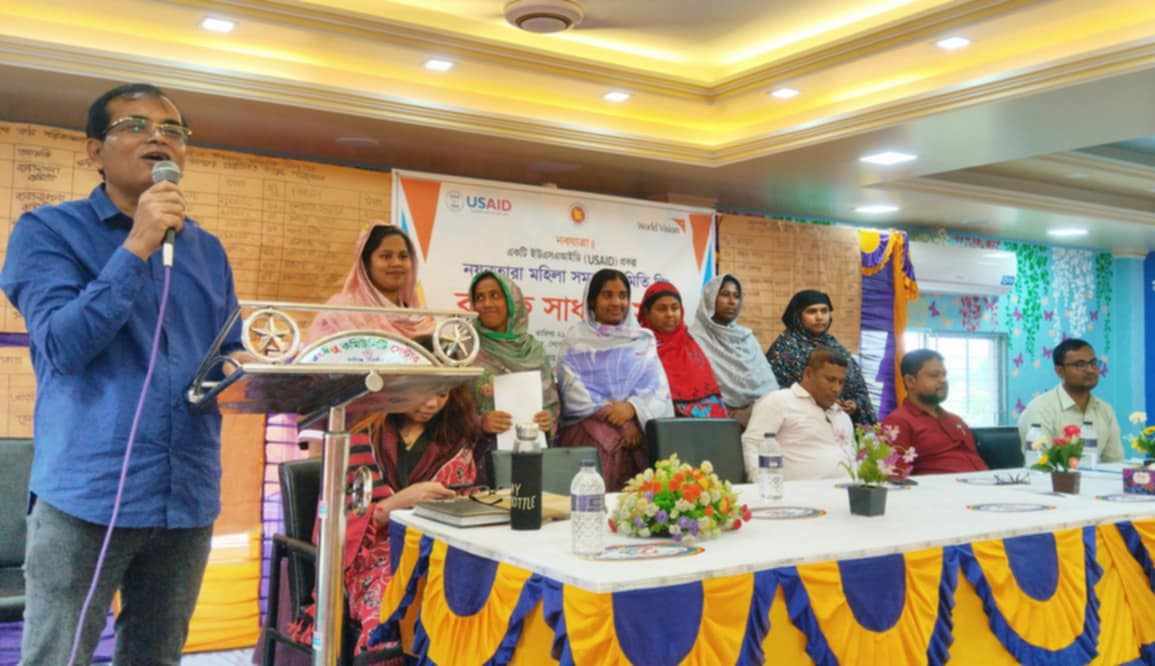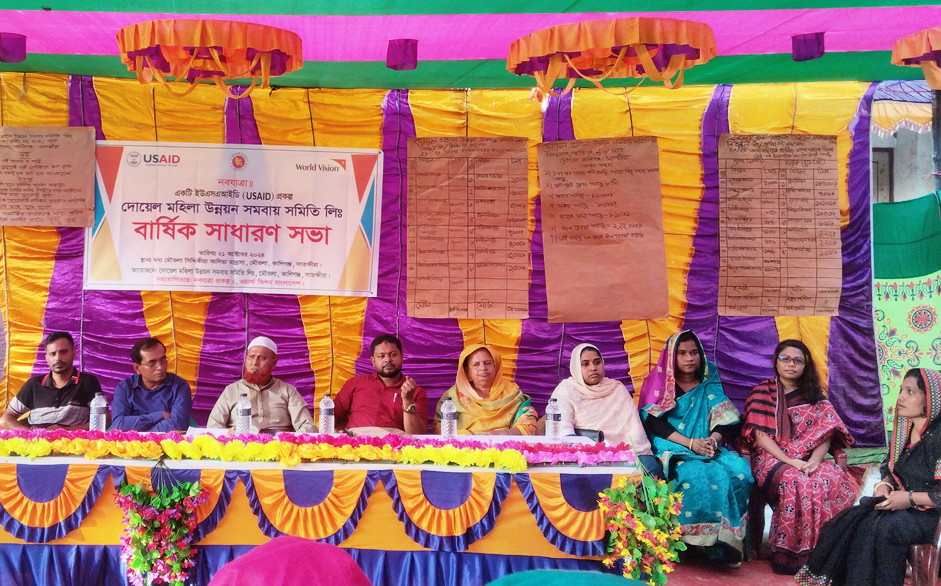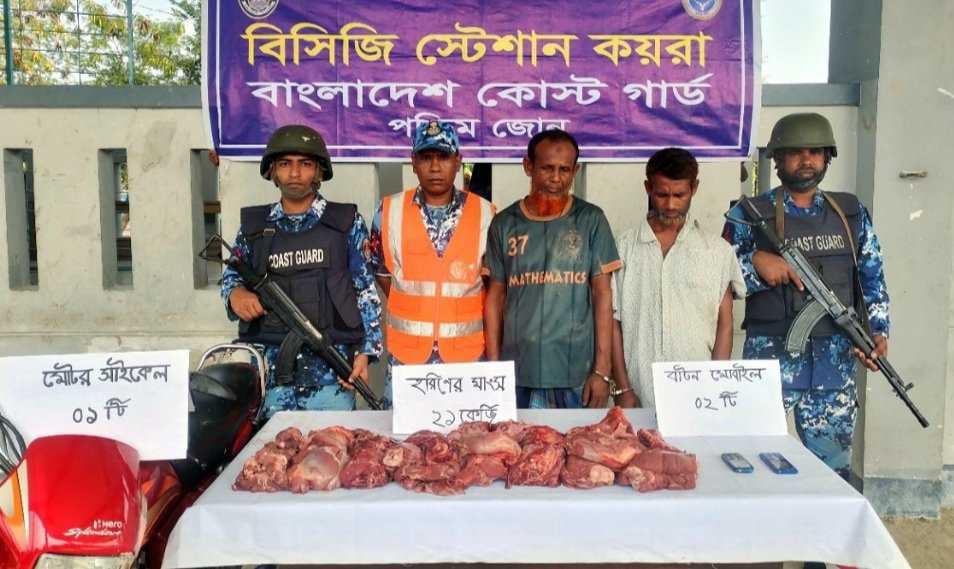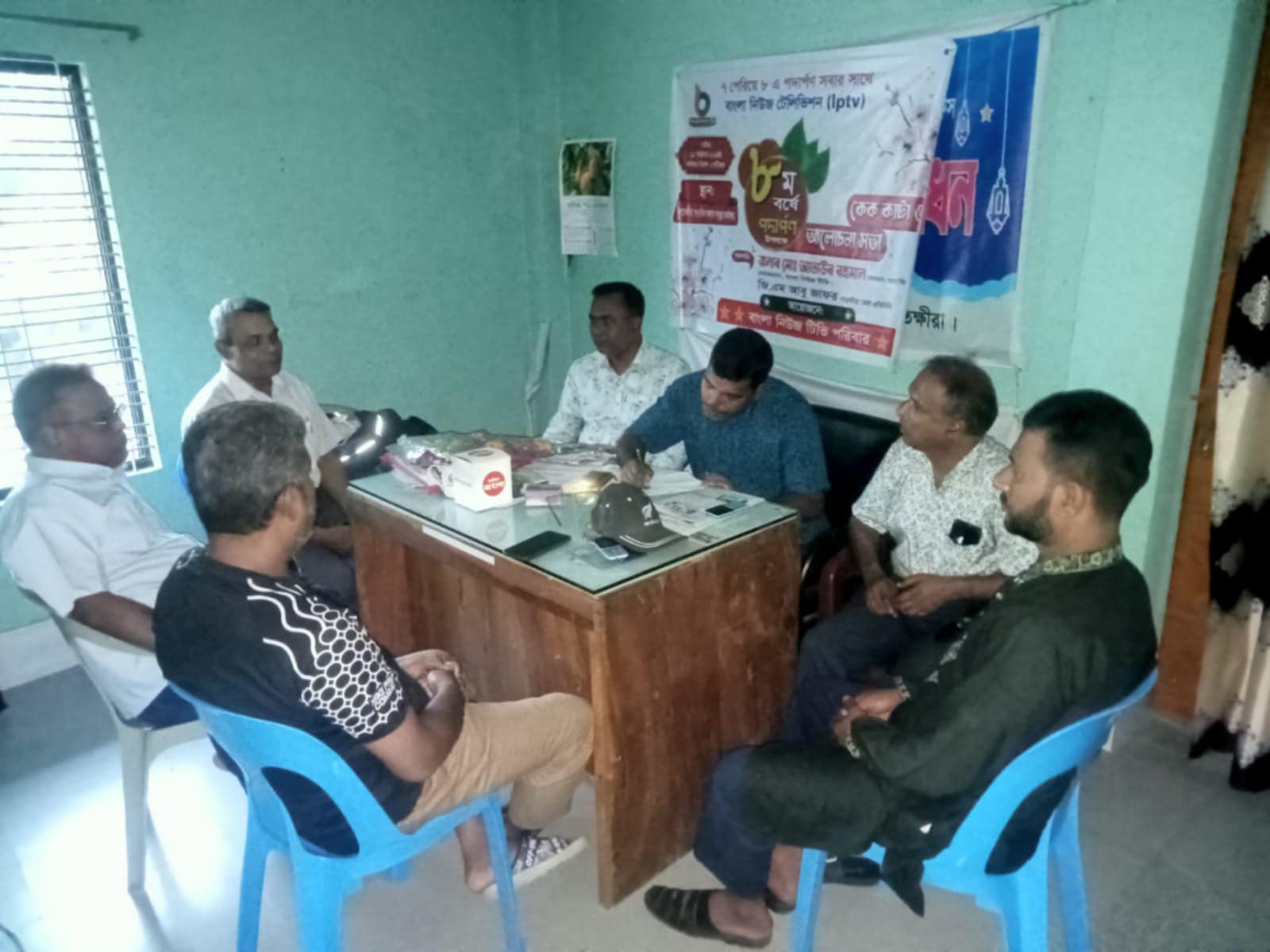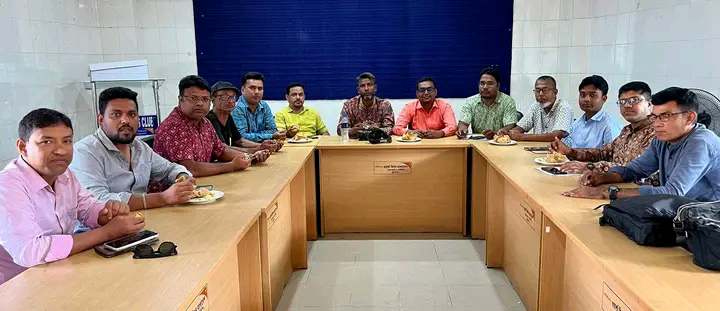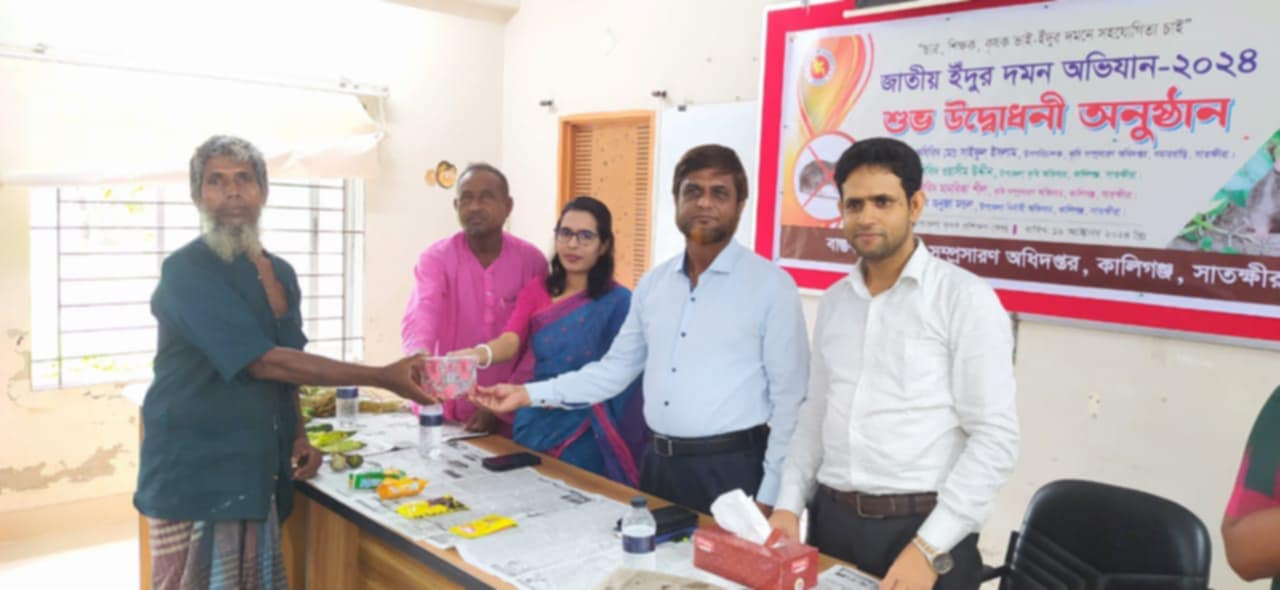A H M Bazlur Rahman :
The fourth industrial revolution is transforming our country and the multiple spaces in which we live and move. The revolution offers us new ways to communicate, to inform ourselves and navigate the country, to advocate for our human dignity & rights and for our voices to be heard. They create new ways for us to interact with each other beyond the boundaries of time and space.
 The shaping of the future of the media, information and entertainment world is also a new phenomenon in the era of the fourth industrial revolution. This new form can’t be untouched by our community radio broadcasting sector. So, the question is what will be the impact of the fourth industrial revolution in our community radio broadcasting sector and how community radio sector will survive?Now time to act for introducing and using artificial intelligence/machine learning to analyze community radio content and community big data for contributing to achieving Sustainable Development Goals in rural Bangladesh.
The shaping of the future of the media, information and entertainment world is also a new phenomenon in the era of the fourth industrial revolution. This new form can’t be untouched by our community radio broadcasting sector. So, the question is what will be the impact of the fourth industrial revolution in our community radio broadcasting sector and how community radio sector will survive?Now time to act for introducing and using artificial intelligence/machine learning to analyze community radio content and community big data for contributing to achieving Sustainable Development Goals in rural Bangladesh.There is a wealth of data that can be extracted from community radio conversations and these data can be parsed to support sustainable development and local social development efforts. Insights about the spread of infectious diseases, the way people move during a disaster, or how they perceive healthcare campaigns or access to jobs and education, can be derived from radio talk and dialogue.
Nevertheless, community radio broadcasting is facing significant challenges in the era of the 4th Industrial Revolution. Meanwhile, the effect has been started on the Community Radio broadcasting. Day by day, the attention of the policymakers & the numbers of community listeners, sponsorship and advertisement are decreasing.
Changing listening habits and how the radio station should evolve to stay relevant to the changing device and automotive environment. The impact of online audio platforms/using social media and over-the-top (OTT) aggregators, smart speakers, and voice-activation on the future of community radio and audio ensuring the widening of opportunities for talent from diverse backgrounds to enter the radio broadcast.
The community radio broadcasting ecosystem is changing fast and community radio has stiff competition from the new media. Effective programming is the soul and the life of community broadcasting. Because of its heavy dependence on technology and innovations, emerging trends continue to challenge the old and traditional methods of community broadcast operations and programming.
The listeners are interested in video content. Next 2 or 3 years the listeners will be interested to watch video content with an increased 95 percent instead of audio content. 5G is prevailing in the country. Digital broadcasting must be undertaken for Community Radio. Community listeners are changing, distribution is changing and connected audio and streaming platforms such as YouTube, and other social media are competing for the community radio listeners.
Community Radio is at the heart of rural Bangladesh life. Community radio is a vibrant platform for public discussions, debate, dialogue, information sharing and news. talk shows, magazines and phone-ins are popular ways for rural people to voice their needs, concerns and opinions.
Still, among the most trusted mediums for news and information, it is free-to-air and a highly valued source of knowledge, entertainment, information and discovery. Community radio broadcasting around rural Bangladesh serves an important role in delivering relevant information to rural communities in the local dialect that directly impacts their livelihoods in line with connecting, voicing, and influencing the public space in the digital sphere.
They are constantly adapting to technological challenges, such as adapting to new radio formats. Many are also accessing the information superhighway that is the internet, although often with limitations. Internet access is an issue that radio stations continue to discuss and demand. Despite economic limitations, lack of broadcasting infrastructure, low- and poor-quality connectivity, dominant social media content competition, the community radio broadcasting that has been able to access the internet, are now expanding their coverage and engaging with a broader audience and enlarging their reach.
The rural community will mostly be affected by the Fourth Industrial Revolution. Due to technological development, the employment opportunity in the agricultural sector will be reduced gradually and there will be a change in the production system. Under these circumstances, the Community Radios will have to think and broadcast programs for increasing education, creativity, and new skills of the listeners and upgrading their skills which apply to the modern age.
Community radio has remained relevant in the way that new technologies have been incorporated into how radio stations interact with their listeners. Access to communication technologies has been changing the way that Bangladesh rural community radio stations operate, improving information gathering and engagement with communities. The prevalence of mobile phones and the set is a particularly important factor; with a phone-in, discussion program community members can become correspondents, commentators, and speakers.
Many community radio stations use and take advantage of various mobile applications which enable the community people to access their programming and interact with the radio. This is especially advantageous for community members who have migrated to other cities or countries and want to remain informed about local issues and stay connected with their people.
Many radio programs are now being uploaded to various digital platforms, creating archived information which can be accessed without time limits. Likewise, the internet has increased the reach of radio stations, ultimately expanding beyond the borders surrounding the station where the transmitter signal arrives.
Mobile phone sets have also become a powerful tool that has increased access for rural peoples to listen to community radio and its programming. However, it is important to recognize that even in this digital age, there is still a large gap that radio continues to fill in reaching remote and marginalized communities.
In 2020, COVID-19 forced many rural communities to remain in isolation and community radio stations stepped up their role as leaders in only communication and media during the pandemic. Many community radio stations were affected as they suffered economic loss due to the closure of businesses.
Many community radio stations reduced the hours for broadcasting because they could not physically go to the station. Some began creating radio productions from their homes and sent their programs electronically to be broadcasted on the community radio. The advantages of relying on the internet to carry out remote community radio work during the pandemic crisis are clear.
However, accessibility to the internet for many community radio audiences is still an issue, especially in areas and in those which have been systematically and historically marginalized. At BNNRC, we have come to understand firsthand the digital divide communities face due to the obstacles of meaningful accessing the internet.
There continues to be a need for public policies of Bangladesh governments to recognize full access to the internet as a human right. Internet access should not be driven by economic gain and monopolized services but serve as a community public good that furthers the rights of people to access information.
Ensure meaningful access to affordable, quality devices, technology, systems, and networks. For addressing the challenges of the fourth industrial revolution we should realize the issue in a justified manner for the existence of the broadcasting of Community Radio is essential. Side by side we should adapt to the issue and welcome to the fourth industrial revolution.
A H M Bazlur Rahman, CEO, Bangladesh NGOs Network for Radio and Communication (BNNRC)
Courtesy: daily asianage


